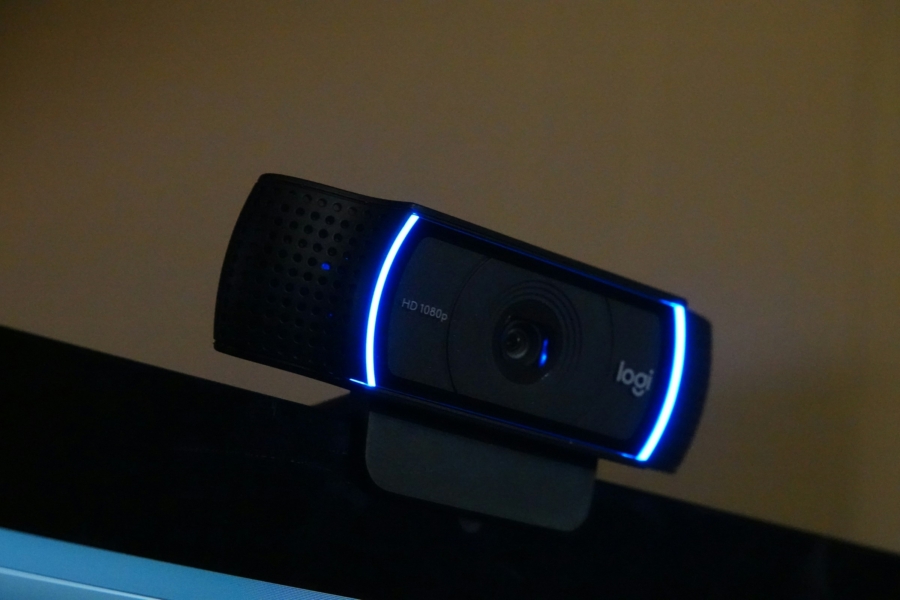How to Workaround Windows Hello Webcam Error during Sleep-Wake
This post is for documentation purposes. I suspect there are completely different cases out there other than mine that simply print the same error message; message is vague at best. Unless the error log is detailed enough to pinpoint the issue, it would be nearly impossible to troubleshoot because of the number of configurations possible.
Symptoms
With Windows Hello, using external webcam-based face authentication, the authentication process works fine during the cold boot. The camera lights up (if it has an LED indicator) and the IR sensor also light up to check the user. However, during the sleep-wake cycle, after a long period of sleep, Windows simply cannot connect to the webcam anymore and says “something went wrong”. A user can login with a PIN or a password, but it would defeat the purpose of using Windows Hello compatible webcam.
In my setup, the webcam is connected to a Thunderbolt Hub monitor with KVM feature: Dell U2725QE. The motherboard on the Windows desktop does not support Thunderbolt, so it is connected via USB-C, and the hub appears as a USB hub instead.
Workaround
I found a band-aid fix by pure mistake. I was in the process of replacing old USB-C cables with a new braided cable, as some of the similarly aged cables were deteriorating. After I had done so, I started seeing the Windows Hello error message with the Windows desktop. The new cable, by the way, is a Thunderbolt 4 cable connected to a same old USB-C port (rated for 20Gbps) on the back of the PC.
In my case, the answer was cable. The old Thunderbolt 3 cable, which is also USB-C based, did not cause any issues with it. Returning back to the old cable worked for now, but seeing as how old it is, probably bought in 2017 or even earlier, I doubt it can be a permanent fix.
Afterthoughts
Both macOS and Windows are pushing biometrics authentications hard, though Apple seems be under the lime light most of the times due to its rigorous, or otherwise user-hostile, policy for hardware integrity. Long story short, getting the biometrics platform to work on consumer electronics is bound to have some caveats.
I did wonder if it had anything to do with how Windows Hello was perceiving my webcam through the new Thunderbolt cable on my computer — perhaps disabling and reenabling it with the new one would fix it. But that didn’t work. Clearly there is some kind of a handshake mix-up, but I couldn’t figure out which.
For the time being, I’m just glad Windows Hello finally works on my desktop. Intel Macs which lack TPM did not support Windows Hello. I wanted to get the biometrics up and running as I use it everywhere including on my Macs. I’m not sure if Windows Hello is vetted as rigorously as Apple’s as there are simply more variation of webcams and fingerprint scanners to consider. But for average users, I think it is better to set one password that is long and hard to guess, and use Windows Hello for the convenience of not needing to type it in every time.
